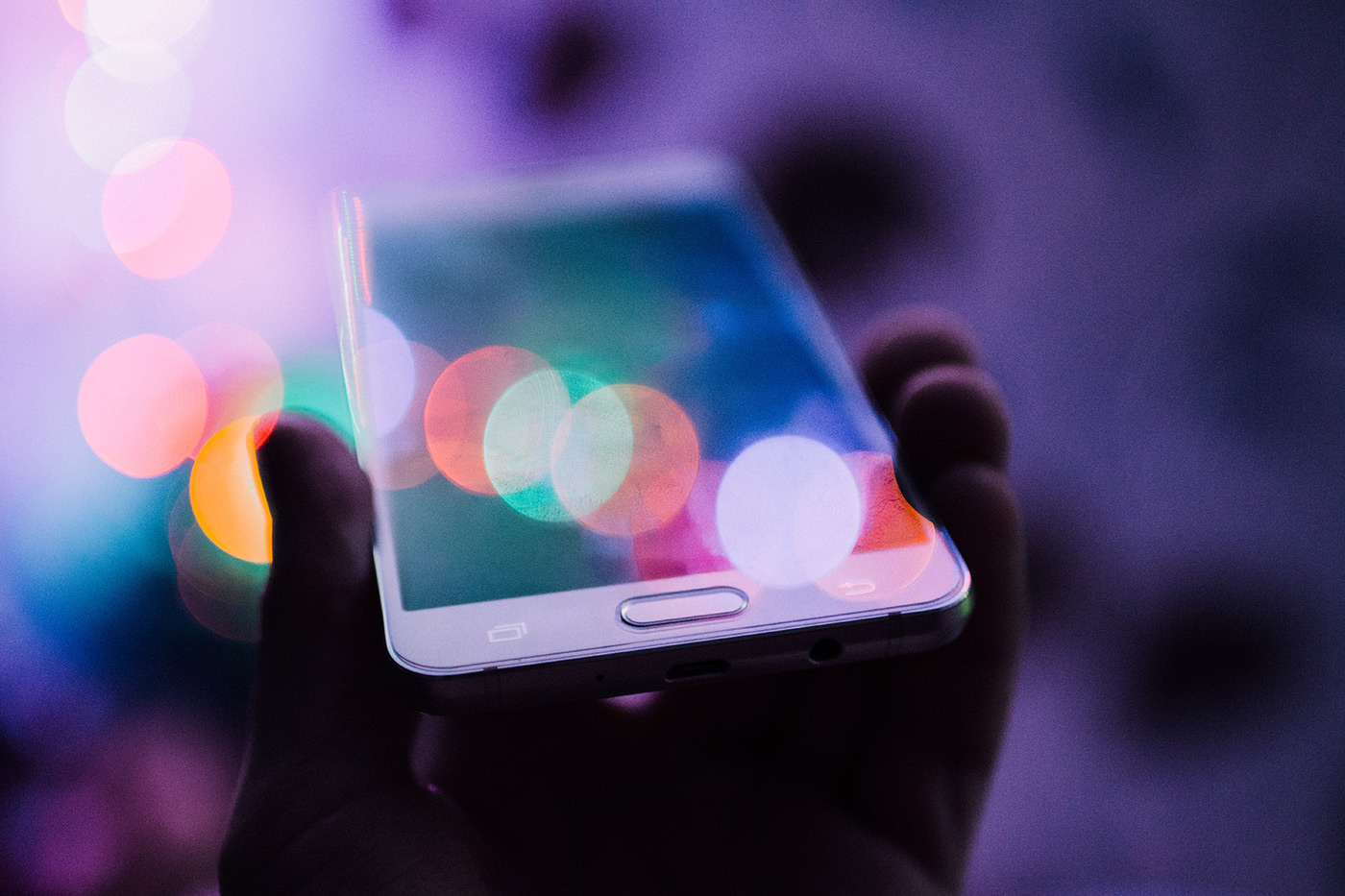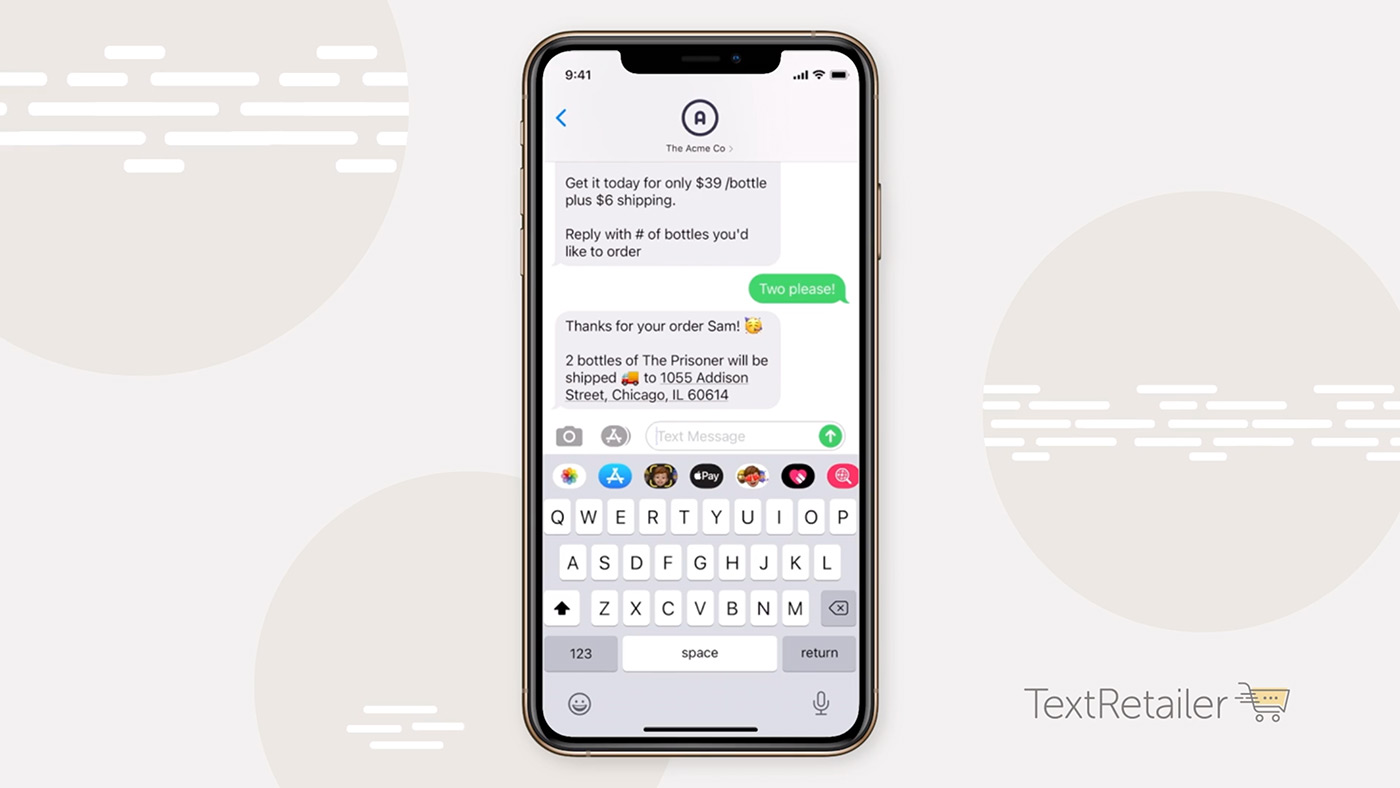When you set up for text marketing, you have a few choices to make about how you’re going to do it.
One of those is whether to use toll-free vs. local numbers vs. shortcodes to send your messages out. It does make a difference, but your choice should be based on your audience, the size of that audience and your marketing strategy.
Here’s our quick guide on what those types of numbers mean and when to use them:
A2P vs. P2P
First of all, there are two main ways you can send text messages as a business. P2P is your regular “person to person” text messaging, exactly as you do with your friends and family. It’s a low-volume option intended for more personal communications. Do businesses use this? Sometimes, but generally only for one-on-one communication, such as letting a customer know when a technician will be arriving, or similar personal messages. It’s not a great option in the ecommerce world as carriers do observe some rules about text volumes which could be broken if you send it to more than 200 or so people.
A2P is application to person messaging. This is where you can send a high volume of messages from a text messaging application (like TextRetailer) to many people, at a faster rate than P2P. A2P allows for larger text volumes, meaning you don’t run afoul of carrier rules and it’s ideal for retailers that need to reach a lot of customers at once. You can use toll-free, local numbers or shortcodes to text.

What is a toll-free number?
A toll-free number starts with 888, 877, 866, 855, 844 or 833. It is a 10 digit number that allows you to send text messages to mobile phones with a number that is not linked to any specific location. Many businesses that already have toll-free numbers and use them to send text messages and make phone calls as well.
Toll-free numbers allow you to send high volumes of text messages and potentially reach thousands of people. Messaging volume varies depending on the provider but is generally 3 to 25+ text messages per second. A toll-free number also has the advantage of being able to double as a telephone number for calls, which makes it simple for customers. They’ll always know how to get hold of you and can access the phone number via mobile or landline.
Vanity numbers are available on toll-free, meaning numbers that spell your business name or similar. This can be a memorable option, especially if you use voice advertising, requiring the number to be said out loud.
As the name indicates, toll-free numbers mean that any callers to the number won’t be charged, although carriers may charge their usual text rates. Toll-free numbers can also be used for international calls or texts and can be transferred between carriers.
In terms of the impression customers get, having a toll-free number can make you seem like a large company, even if you aren’t. It creates an impression of professionalism and that you must be “big enough” to need the number. On the flipside, a toll-free number may make your business seem impersonal.
What is a local number?
Local numbers are 10-digit phone numbers where you get to choose the first three digits to include your desired area code. Local numbers are especially good for targeting a specific, local geographic area where people will recognize the area code. If your customers are the type who appreciate shopping locally, a local number can inspire some loyalty and the perception of more personal service.
You can send approximately the same volume of text messages (three per second) via A2P as a toll-free number, giving you the ability to reach a lot of people very quickly. Local numbers can also be used for voice calling, although they won’t be toll-free (and won’t have the same wide reach).
What is a shortcode?
A shortcode is a five or six digit number that is used entirely for text messaging (no phone calls). You could either have a random shortcode assigned to you, or you might choose a vanity shortcode – one that spells out a relevant word.
Shortcodes operate on separate infrastructure from toll-free numbers or local numbers and are capable of sending out much higher volumes of text messages. While you can instantly get a toll-free number or local number, you have to apply for a shortcode and carriers individually audit each application to examine if it falls within their rules for intended use. This can take an average of 8-12 weeks to get a response. Once approved, shortcodes offer a high rate of deliverability without being filtered by a carrier.
The rules are a bit different for shortcodes. In the US, the CTIA governs these rules with the aim of weeding out bad practices (spam, anyone?). If businesses don’t comply with the rules outlined in the Shortcode Compliance Handbook, wireless carriers are able to immediately deactivate the shortcode. For example, one rule is that you must have the consent of the recipient to send them text messages – although this is a best practice regardless of the type of number you send from!
Shortcodes are popular because they’re easy, memorable and a great way to get results from inbound campaigns (e.g. “Text JOIN to 56789 to get exclusive offers). One potential downside for marketers is that they cost more than other numbers to have (along with the set of rules to be careful about complying with!).
Shortcodes are leased from a national registry for a minimum of three months at a time, with vanity codes being more expensive than random shortcodes. There is also a volume cost of sending messages (which you’ll get with toll-free and local numbers too).

How do you choose?
The type of number best suited to you really depends upon what you want to do with it. For example, if you need to reach a small, local audience and don’t have plans to expand beyond that, a local number is probably best. It allows your customer base to easily identify the number as “local” since it will be using a familiar area code.
Message throughput is a concern though for local numbers. Currently they are limited to 1 message per second. If you list size is 10,000 numbers then it would take almost 3 hours to send a single message to your entire list.
Toll-free numbers on the other hand, can have throughputs of 25+ messages per second. You could send a message to those same 10,000 numbers in under 7 minutes at that rate.
If your list size is larger than 25,000 numbers, then a dedicated 5-digit “shortcode” number is probably a better choice. With throughputs of 100+ messages per second, they are designed for sending mass text messages to very large lists. The downside is they are expensive. The leasing fee (paid to the carriers) starts at $1,000 per month depending on the number and that does not include the cost to send any text messages.
For campaigns like “reply to buy”, a toll-free numbers provide the best balance of price, features & message throughput. This could change as the phone carriers roll out their 10DLC program for local number texting.
Final thoughts
As a final point to add, all of these types of numbers can work two-way if that’s what you need. You can set up automations that send messages based on what the customer replied, or, TextRetailer includes a service where customer replies can be sent to your email inbox, especially if you need to compose a more complex answer.
Consider your messaging needs, budget and the rules you need to follow for each type of number before making your choice. In any case, text marketing offers you an excellent opportunity to reach an audience where most people can be found – on their mobile phones!
To find out more about TextRetailer, our awesome shop by text feature and how we can help you, book your demo today.






![TextRetailer Updates [June 2021]](https://textretailer.com/wp-content/uploads/2022/05/6b10d579-6a3f-4d60-81e5-168a52dde11d.jpg)
 This is a true game changer for […]
This is a true game changer for […] 


